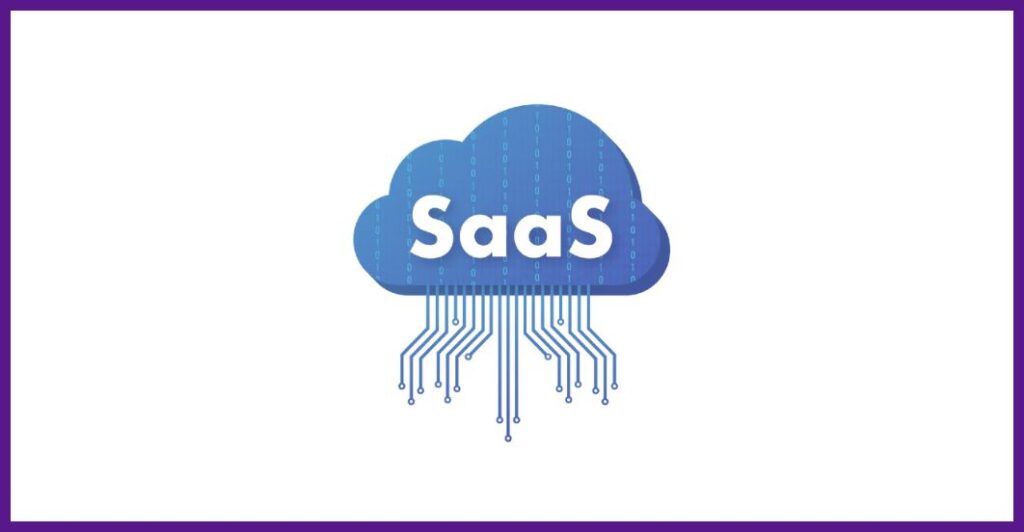The rise of Artificial Intelligence (AI)) and the increased use of Generative AI have brought countless opportunities for companies across all sectors. However, along with these advances in digital transformation, a new challenge has emerged: Shadow IA.
In this article, we will explain what Shadow AI is, what its main risks are, how to intensify data protection and how to prevent this problem and what the connection is between this topic and the discovery tools It is SaaS management.
What is Shadow AI?
Shadow AI is the use of Artificial Intelligence tools by employees without the knowledge, approval or supervision of the IT department.
As with the concept of Shadow IT (when software or devices are used without IT control in corporate environments), Shadow AI represents an invisible threat to information security and governance in organizations.
This phenomenon has been growing rapidly, driven by the ease of access to generative AI models, such as writing assistants, automatic translators, image generators, among others.
Main risks of Shadow AI
The uncontrolled use of artificial intelligence tools, without adequate supervision by the IT department, can have serious implications for organizations, both financially with unnecessary costs, and for the security of the technological environment. The main risks associated with this practice include:
1. Leakage of sensitive data
AI tools often store the information you input to train their algorithms. When an employee uses an AI without approval, they may end up sending sensitive data without realizing it.
2. Breach of compliance
Regulations such as LGPD (general data protection law) and GDPR require companies to strictly control the processing of personal data. The use of AI outside of authorized channels can generate fines and legal sanctions.
3. Risks to intellectual property
By sharing strategic information on an external AI platform, a company risks losing control over its intellectual property.
4. Inaccurate or biased results
Rogue AI solutions can generate incorrect or biased results, impacting critical business decisions.
How to prevent Shadow AI?
Addressing the Shadow AI challenge requires attention from the IT team, acting with a strategic, proactive and governance-oriented approach. To mitigate risks, strengthen organizational security and optimize costs and attention, some recommended measures include:
1. Educate employees
Raising awareness about the risks of Shadow AI is essential. Showing the dangers of sharing data with unauthorized tools helps create a culture of digital responsibility.
2. Set clear AI usage policies
Establishing internal guidelines on what can and cannot be used in terms of AI is essential. Policies must be clear, objective and communicated to all levels of the organization regarding responsible use.
3. Monitor and audit the digital environment
Having tools that detect the use of unauthorized software helps to quickly identify possible cases of Shadow AI.
The importance of SaaS discovery and management tools
The tools of SaaS discovery play a crucial role in combating Shadow AI.
They allow:
- Detect the use of unauthorized AI applications.
- Map all SaaS services used in the company, even those purchased directly by users.
- Assess the risks of each identified tool.
- Create strategies to control and regulate the use of AI.
Integrating a discovery platform with SaaS asset management not only increases visibility, but also strengthens the company's security and compliance in the face of the growth of Artificial Intelligence.
Shadow AI is a new frontier of risk for organizations. However, with a combination of education, clear policies, and discovery technology, it is possible to minimize the risks and ensure that the adoption of AI is done in a safe, strategic, and efficient manner. Protecting your company is, more than ever, an essential step towards the future.
Want to know how to detect and control Shadow AI in your company?
Talk to MattZero experts and discover how we can help protect and optimize your IT environment with intelligence and security.





